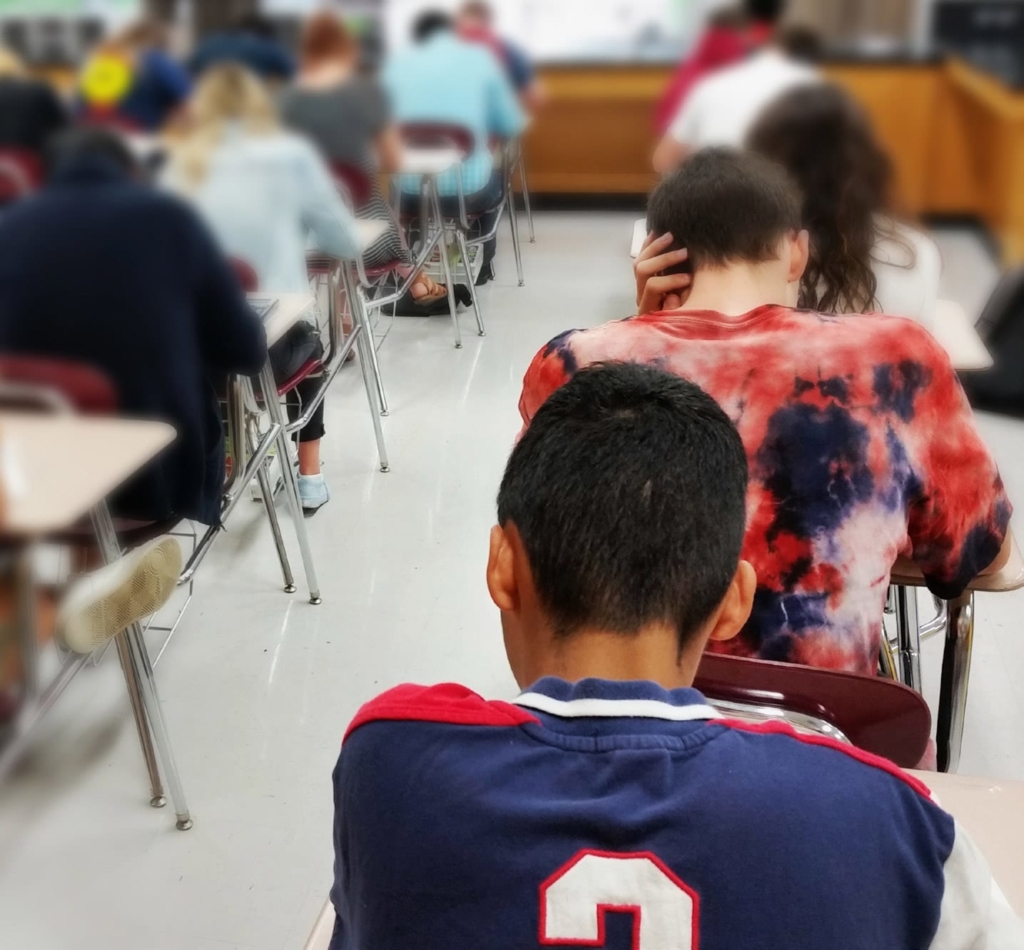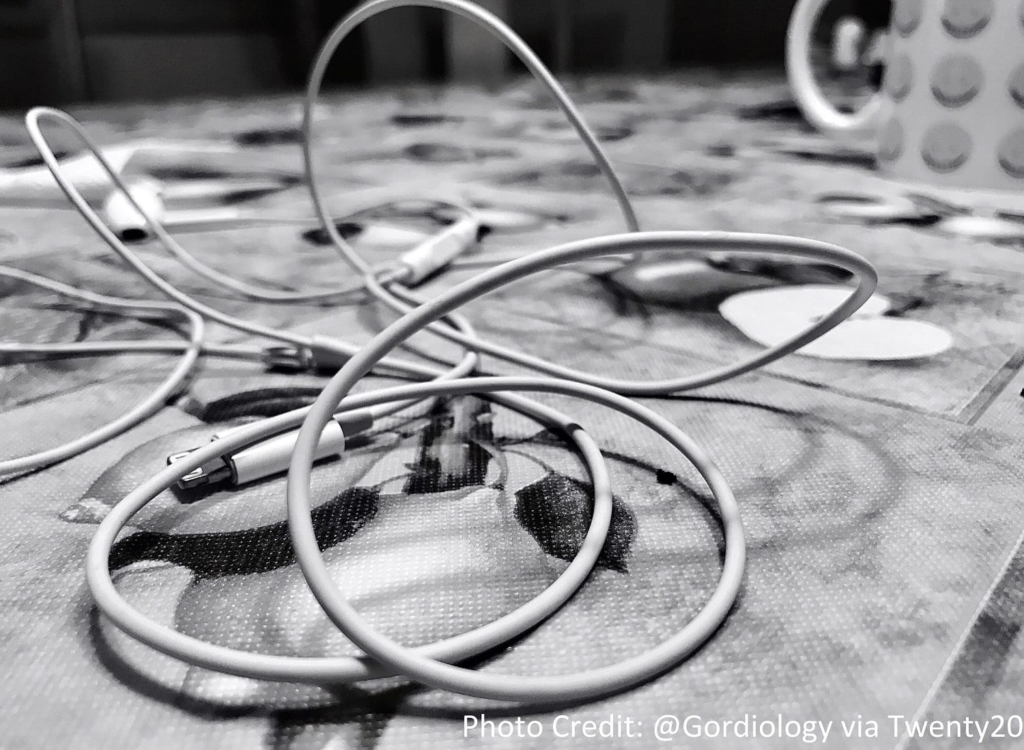Since March 2020, Ed Trust has been monitoring states’ efforts to support districts, schools, educators, and families to ensure the well-being and safety of all students during the COVID-19 pandemic.
While that remains the highest priority, we know that states are working to identify and implement the actions to take, in partnership with other stakeholders, to ensure that their most vulnerable students, including students from low-income backgrounds, students of color, English learners, students with disabilities, and students experiencing homelessness, foster care, or engaged in the juvenile justice system, have rigorous, engaging, and positive educational experiences, while school is a mixture of in-person and virtual – and for years to come.
In order to best support school districts in allocating local, state, and federal resources equitably we’ve created a series of COVID-19 Equity Guides for advocates. Explore and download the guides below then sign-up for updates from Ed Trust.
School Funding
Research shows that increased school spending leads to higher graduation rates, higher wages, and a reduction in adult poverty, especially for students from low-income backgrounds. As public schools brace for increased expenses and an unprecedented projected loss of revenue due to the coronavirus pandemic, state leaders are grappling with difficult decisions about how to balance their budgets. While the federal government has provided some stabilization funding to help schools weather the current crisis, we know that it’s a fraction of what’s needed to shore up education budgets. State leaders should work to protect education budgets, which have barely recovered from the last recession. But that won’t be possible in all states.

Teacher Equity and Diversity
Teaching quality can impact student learning more than any other in-school factor, especially for students who are further behind. All students benefit from a diverse and high-quality teacher workforce. The benefits are especially important for students of color, who are more likely to attend school regularly, perform higher on assessments, be referred to a gifted program, take Advanced Placement courses, graduate from high school, and aspire to attend college when they have a teacher of the same race or ethnicity.

Digital Access
Across the country, many districts and schools have moved learning completely or partially online for at least the fall 2020 semester, and many more may be forced to close their school buildings periodically as COVID-19 infection rates ebb and flow. But in many communities, especially communities of color and low-income communities, students lack access to the technological resources they need to connect to virtual learning opportunities. Advocates must urge states to close this digital divide, not only when school is virtual, but when school buildings are open, since technology and the internet are a part of the fabric of schooling and life in the 21st century.

Equity-Driven Approaches To Measure Student Learning
COVID-19 has not only widened existing educational disparities – e.g., in access to strong and diverse teachers, a high-quality curriculum, and grade-level content – between White students and students of color and affluent students and students from low-income backgrounds, but health and economic disparities as well. Recent data show that the most vulnerable students, particularly students of color and students from low-income backgrounds, are also most likely to experience the health and economic impacts of the virus. That is why it is critical to maintain transparency in these challenging times – to ensure that communities and leaders have the information they need to target additional support to the schools and students that need it most.
Graduation and College and Career Readiness
Curriculum and instructional materials that are aligned to high standards, appropriately challenging for students’ grade level, and culturally responsive are critical to students’ learning and academic trajectory. When students face content and skills gaps – which happens all too often and will only be exacerbated by school closures – schools often respond by denying them access to grade-level content that is engaging and challenging, which leaves them even further behind their peers. Even when students of color, students from low-income backgrounds, and students with disabilities demonstrate readiness, they are often denied access to more rigorous materials and courses, despite the fact that when advanced opportunities are extended to students of color, and when teachers receive the training and resources they need to provide essential supports, these students thrive alongside their peers. The health crisis poses a number of unique challenges, especially for high school students, who will need support to meet graduation requirements, prepare for postsecondary opportunities, and navigate the transition after graduation.

Expanding Learning Time
Increasing time and attention for students based on their needs can significantly boost learning for students who are behind. The COVID-19 pandemic forced nearly all of our nation’s public schools to close for the last few months of the 2019-2020 school year. Districts and schools found ways to continue student learning in spite of these closures, but by some estimates, students missed 30% to a full year of learning while schools were closed. Families, especially in communities with more students from low-income backgrounds, more English learners, and more students of color, face many barriers to participating in distance learning opportunities, for reasons ranging from inadequate access to technology to competing responsibilities such as jobs or child care that limit the time available to focus on learning. In addition, most students with disabilities missed out on many of the services that they would have received in school, per their federally mandated individualized education program. It is clear that there will be a need to help students, especially our most vulnerable students, catch up for weeks, months, and even years to come. Advocates must prompt their state leaders to support districts and schools in expanding learning time, especially for underserved students, and to make necessary changes to state laws or regulations to allow districts to extend the school year or day. Even if distance learning continues into part or all of the next school year, advocates can urge their state leaders to prioritize the needs of historically underserved students as they make decisions about structuring school time and virtual learning environments.

Supportive School Climates That Foster Students’ Social, Emotional, and Academic Development
Existing research shows that all learning is inherently social and emotional, and resources that support the holistic development of students can improve their academic performance. Students from low-income backgrounds and students of color are more likely to experience the health and economic impacts of the COVID-19 crisis, and that, in turn, may affect their stress and anxiety levels. Additionally, many students with disabilities did not receive services during school closures and may have heightened needs in the fall, especially students with emotional disabilities and students with behavioral needs due to their disability. What’s more, many students have become used to having more autonomy, since they have been out of school for months. When students return to a structured school setting or when they engage in virtual learning, educators must give students time to readjust to expectations and resist the urge to respond to behavioral infractions with punitive discipline practices, especially if funding for counselors and other student supports is cut. Studies show that punitive discipline practices are disproportionately applied to students of color, who are more likely to be suspended or expelled even though they are not more likely to misbehave. State leaders must divest resources from those that criminalize and push students out and invest resources in supporting students’ social and emotional well-being.

